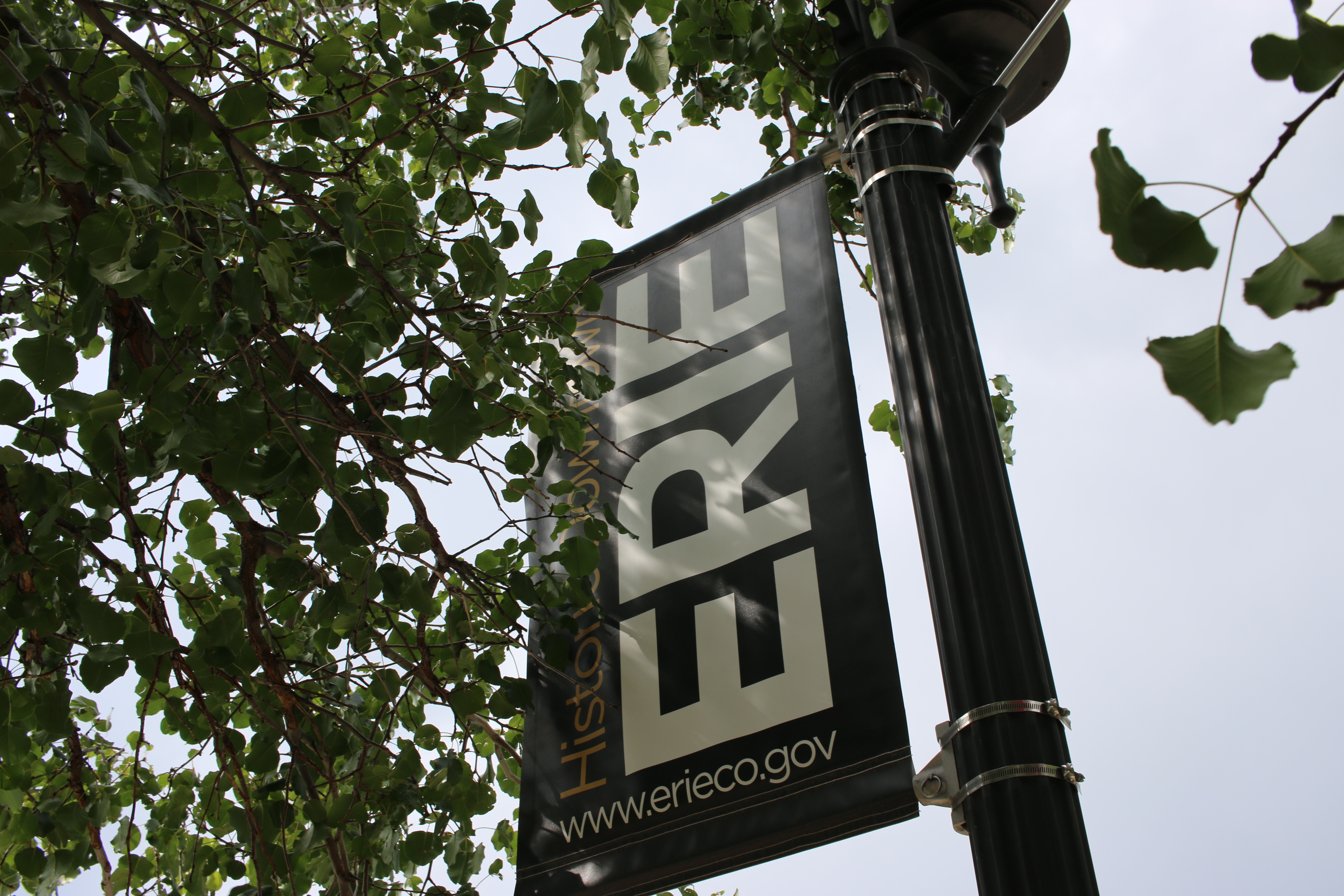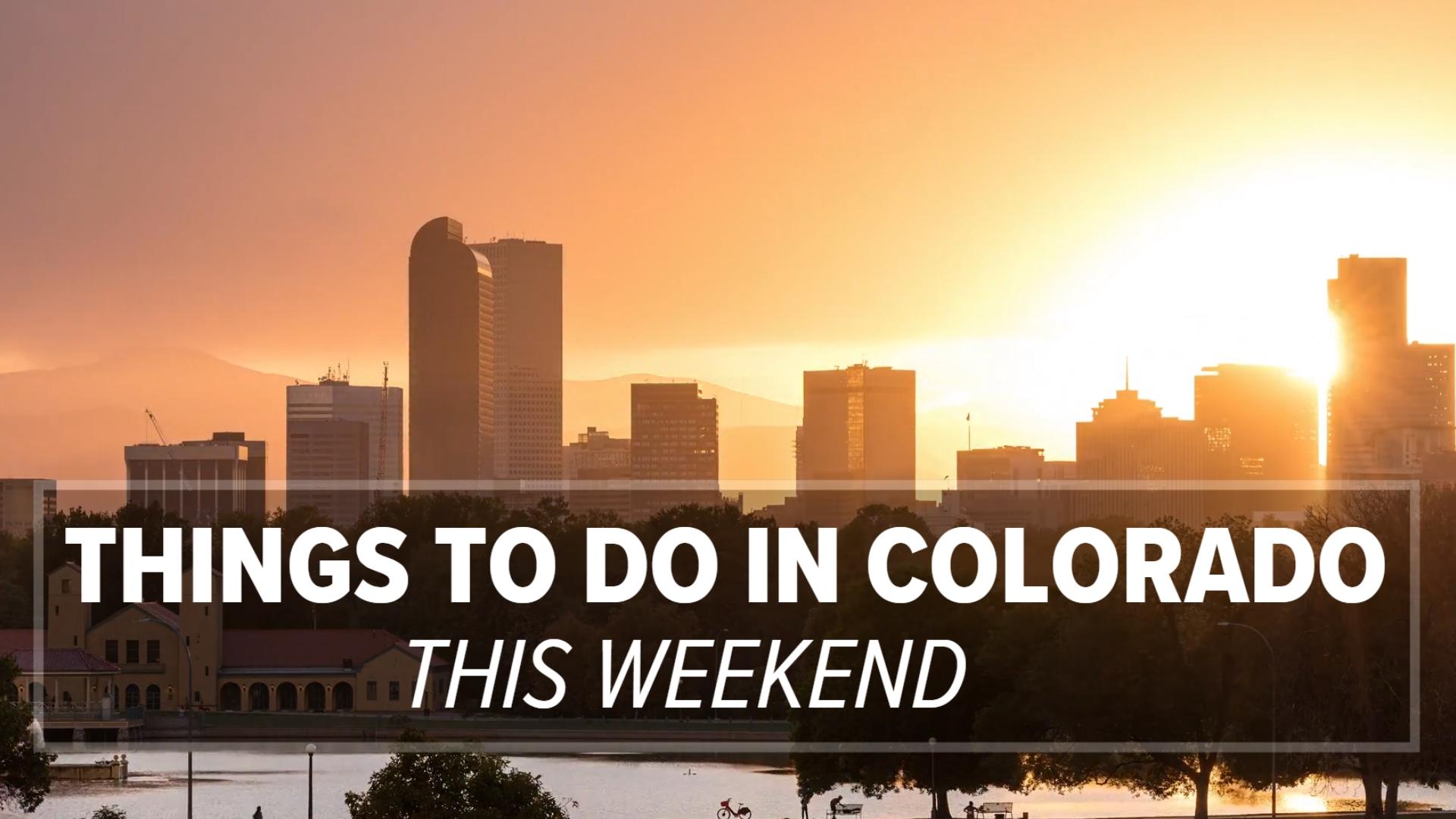Once a rough-and-tumble hub of raucous coal miners, today Erie is a quiet suburb north of Denver, bordered by Lafayette and Frederick, spreading through Weld and Boulder County.
Head north of Denver about 27.5 miles and you'll happen upon the town — population 25,000.
Despite its small size, it is home to quaint local businesses, a cycling velodrome and a hip 'downtown entertainment district.'
Its location nestles mostly newer residential homes between lakes, plenty of trails, and more.
Join us Friday as we tour Erie for our weekly #9Neighborhoods series with the Denver Business Journal.
Erie's Coal Mining History
Erie was founded by a traveling preacher, Reverend Richard Van Valkenburg.
He spent many years in another Erie - the one in Pennsylvania - before traveling west in 1866 for his health, only to work in the mines near Central City.
The Erie were part of the larger Iroquois nation. The word “Erie” means “long tail,” “cat,” or “raccoon,” because of the mountain lions that roamed the area where the tribe lived on the eastern side of the country from Buffalo, New York to Eastern Ohio.
Prior to being called Erie, the Colorado town was called Coal Park.
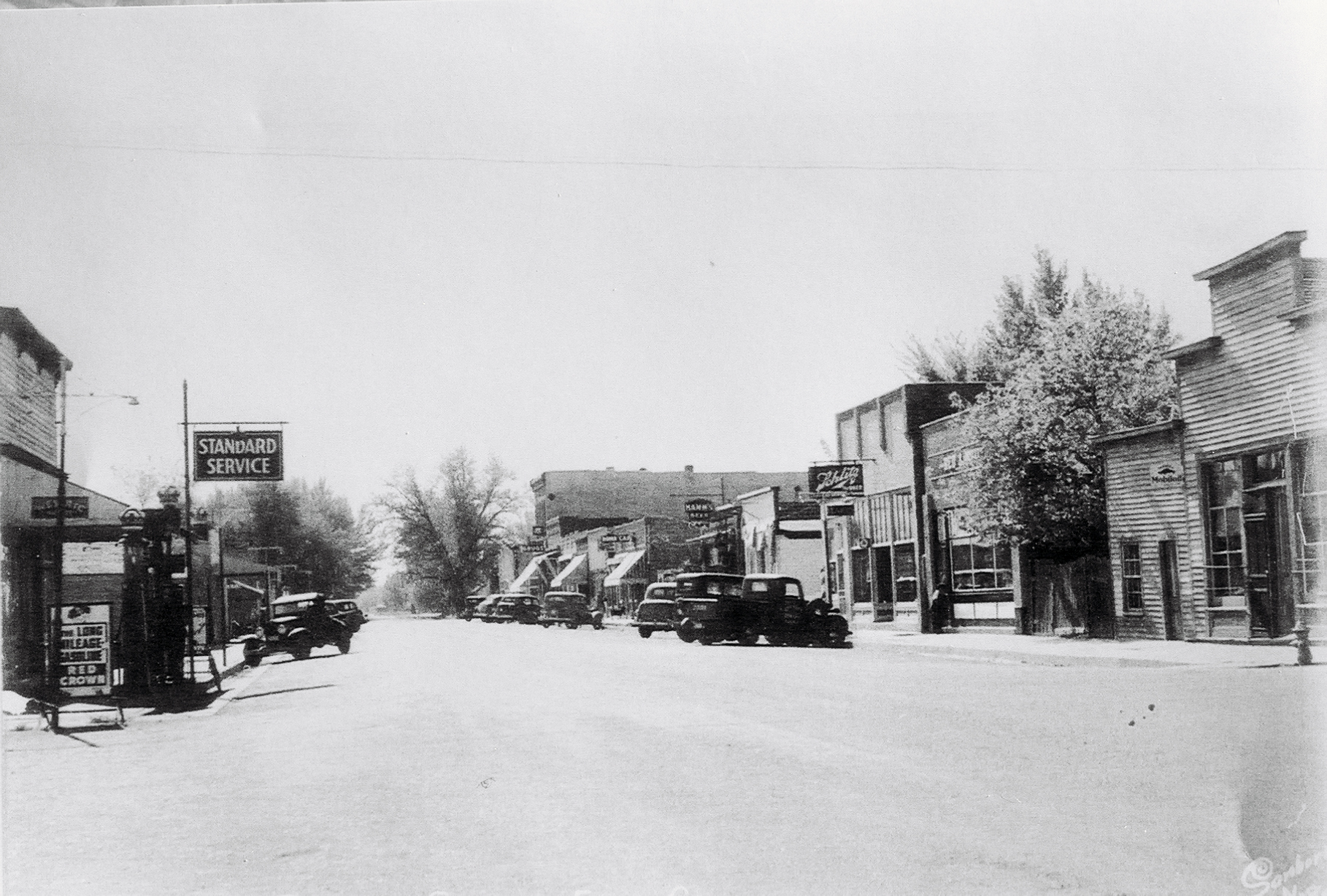
The same year Van Valkenburg arrived to Colorado, Captain Ira Austin discovered a coal vein on the hill due east of Erie, and opened the first coal mine in 1866.
The next year, Van Valkenburg and his family would settle in Erie, naming it as such.
Over the years, Van Valkenburg would become the town’s mayor, postmaster, police judge, and even justice of the peace.
Interestingly, Erie has a bit of a connection to the Leonardo DiCaprio film, The Revenant.
The first white man to visit the area, along Coal Creek, was named Jim Baker. Baker was a mountain man and scout Captain in the U.S. Cavalry, assigned to help find a route through the Rocky Mountains to the Pacific Ocean.
Baker joined the fur trapping trade in 1828, under the mentorship of Jim Bridger.
Bridger, years earlier, had attempted to bury alive a member of his party attacked by a bear, Hugh Glass (portrayed by DiCaprio in The Revenant). Had Baker been a bit older, Erie historians speculate he could have been a part of that party.
The plat for the town was filed in 1871 after the establishment of the Briggs Mine, the first commercial coal mine in Weld County.
That same year, the Union Pacific Railroad began to extend west from Brighton on its main line between Denver and Cheyenne, allowing for more people to visit and discover Erie.
The line would come to be known as the Boulder Valley Railroad, and it opened up northern coal fields for development, soon shipping it to markets in Denver and even Kansas City.
The first established coal mine near Erie was called the Briggs Mine, in 1871, the same year the railroad came through town.

The town was officially incorporated in 1874. That year, 33 students were enrolled in the town’s first school.
By 1877, the population was about 600 people, and unrest was growing within the community of miners working in the town.
They went on strike in 1877, setting off explosives in front of the Boulder Valley mine. Troops were brought in to maintain order and what is known locally as the “Erie War” began.
The next year, in 1878, the first mining labor union in Colorado was chartered in Erie, #771, The Knights of Labor Local.
Strikes would endure on and off for years - including deadly gun battles and mines set on fire. By 1912, miners were able to achieve an 8-hour workday and wages of $3 per day. Peace was finally sworn around 1914.
In 1890, devastating floods ravaged the town. That would not be the first time floodwaters laid waste to the town - it endured its largest flood in history in 1921.
After World War II, the demand for coal dropped and many of Erie’s mines closed.
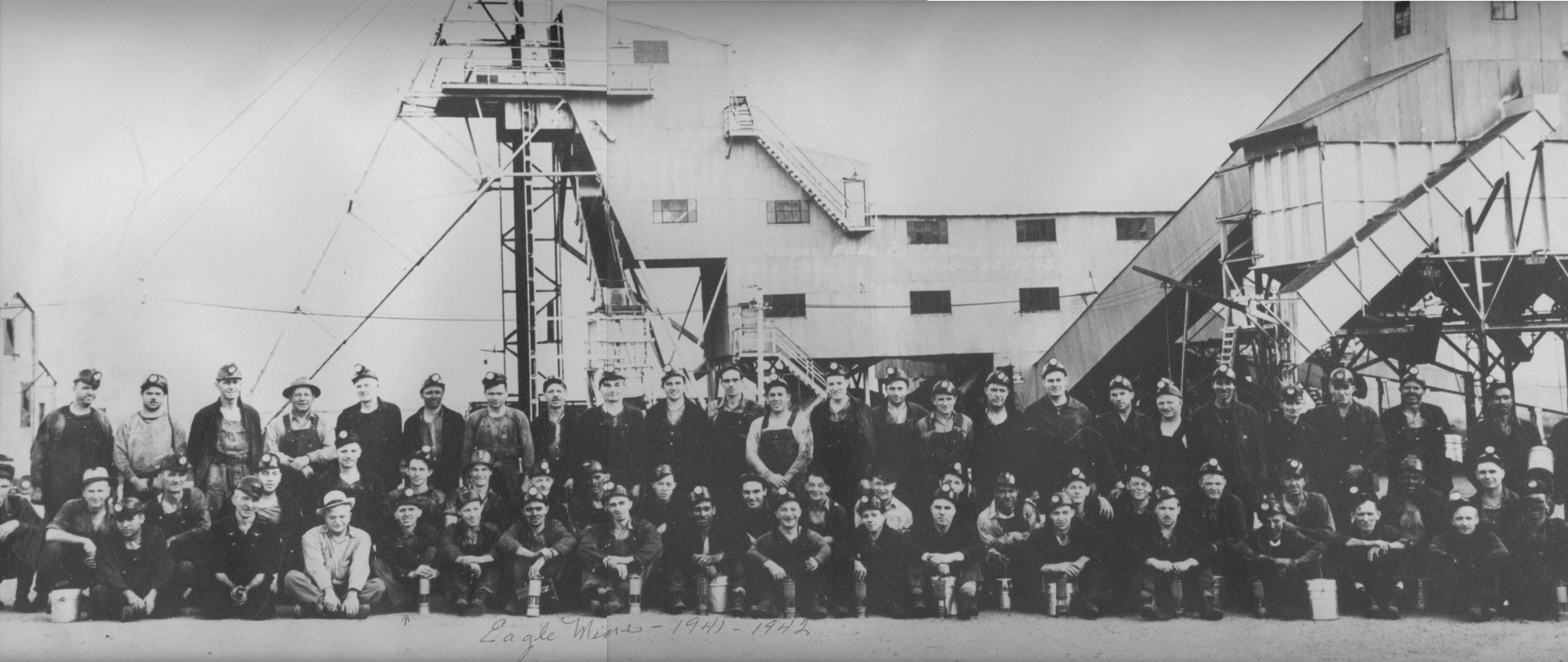
A new high school, community center, and library for the town opened between 2005 and 2008. By 2009, its population had climbed to 18,000.
Erie Today: A Growing Town
The town, which spans both Boulder and Weld counties, has been on a bit of a growth tear lately, with families, young professionals and especially outdoor lovers drawn to its small-town feel and proximity to plenty of recreational options.
By 2025, the estimated population will grow by another 10,000, to 35,000 residents.
The area's largest employer is the University of Colorado-Boulder, followed by the Boulder Valley School District, St. Vrain Valley School District and Level 3 Communications, based in Broomfield.
The city is an outdoor enthusiasts' playground, too.
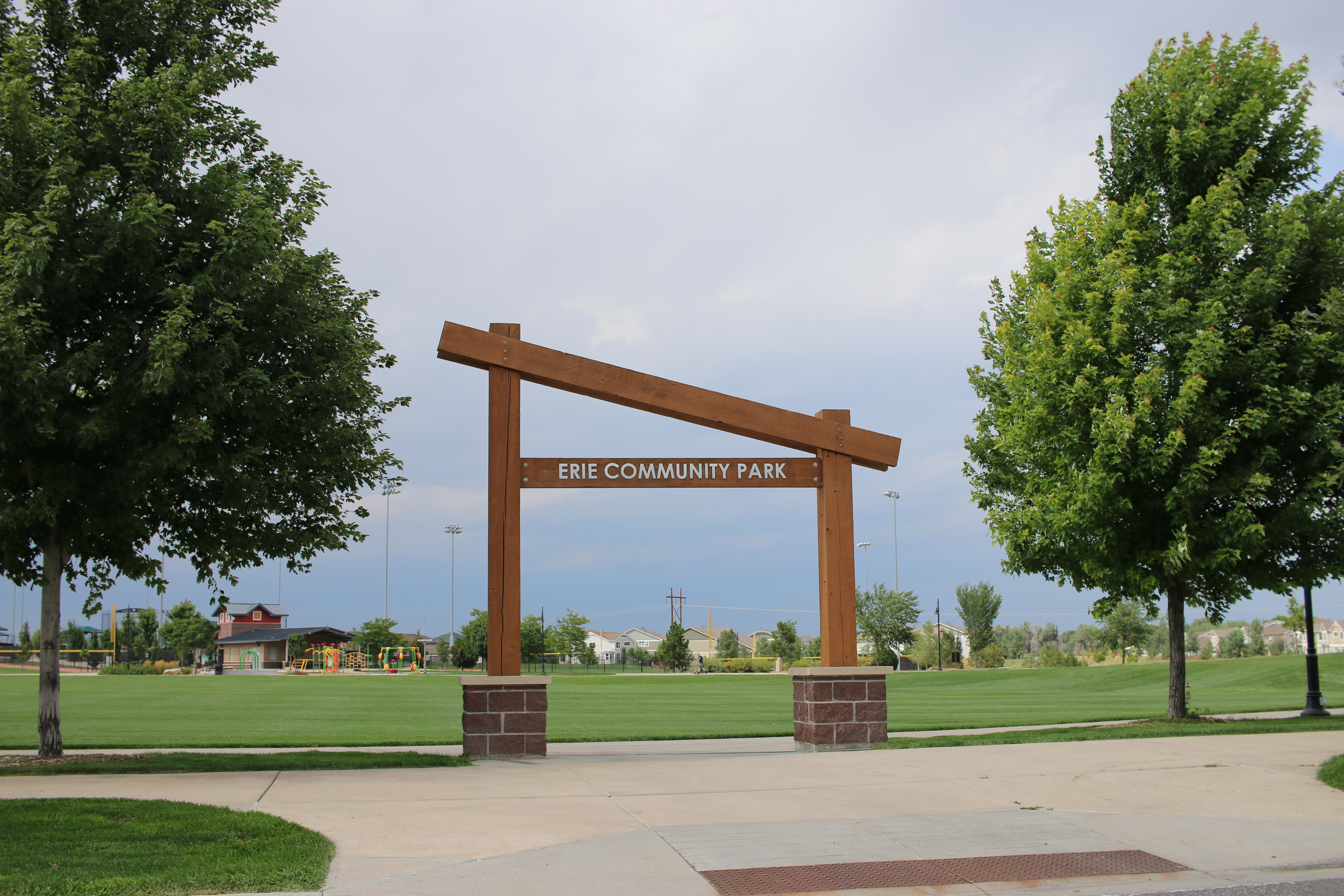
Along with the 1,143 acres of open space, 135 acres of parkland and massive recreational trail system, Erie has multiple parks in town, too, such as the Arapahoe Ridge Park, Coal Creek Park, Columbine Mine Park and Erie Community Park, to name a few.
The Erie Community Center is a family-friendly place to go swimming, play volleyball, let the kids enjoy an indoor playground, do indoor rock climbing, or even get in a workout.
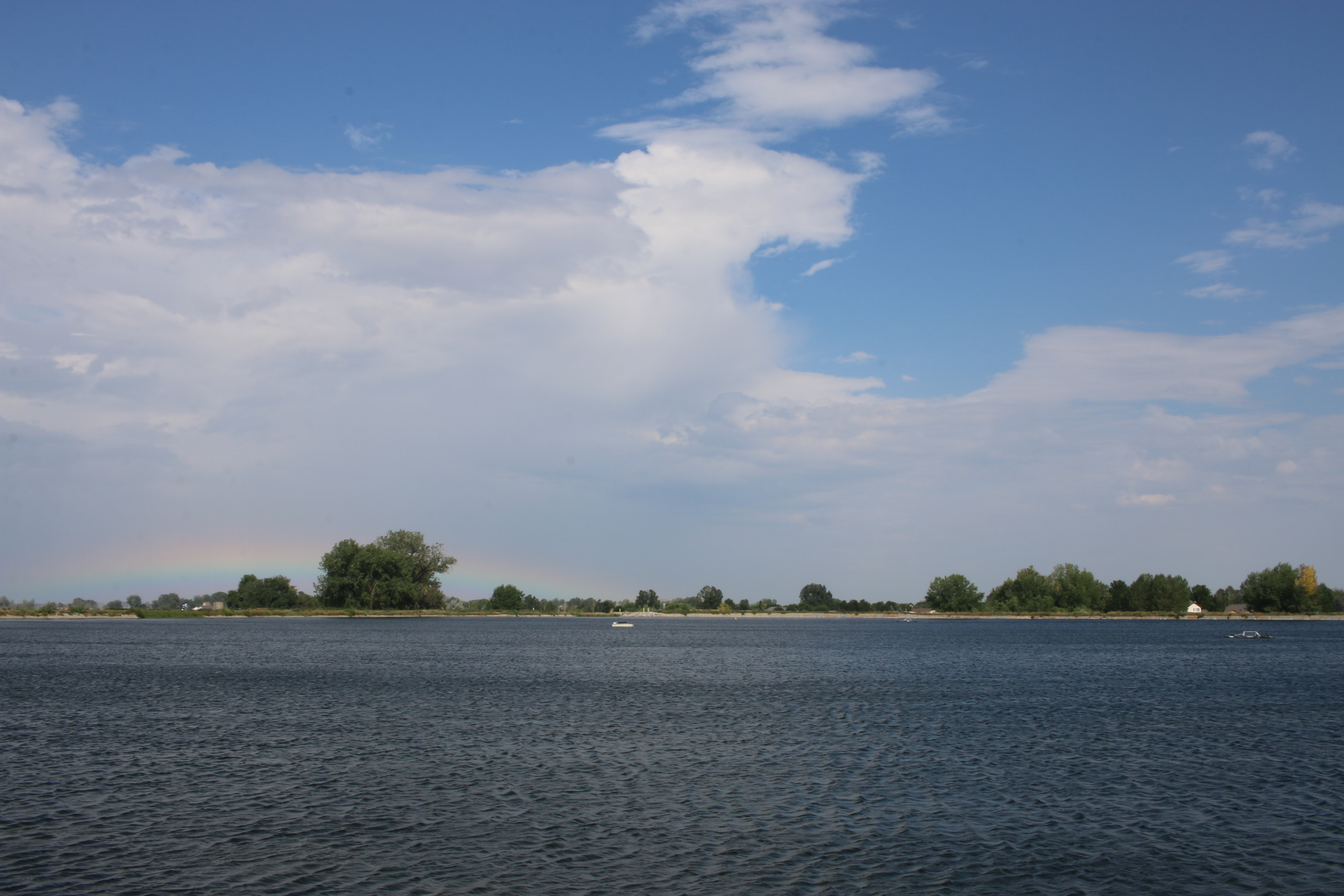
Want to live in Erie? Homes range in price from $250,000 for condos to homes with price tags upwards of $650,000. The median sales price there is $460,000, according to real estate website Trulia.com.
Downtown Entertainment District
Last May, Erie opened its 'Downtown Entertainment District' — a weekly event that allows patrons of participating establishments to get their alcohol to-go and enjoy it in the city's "Common Consumption Area."
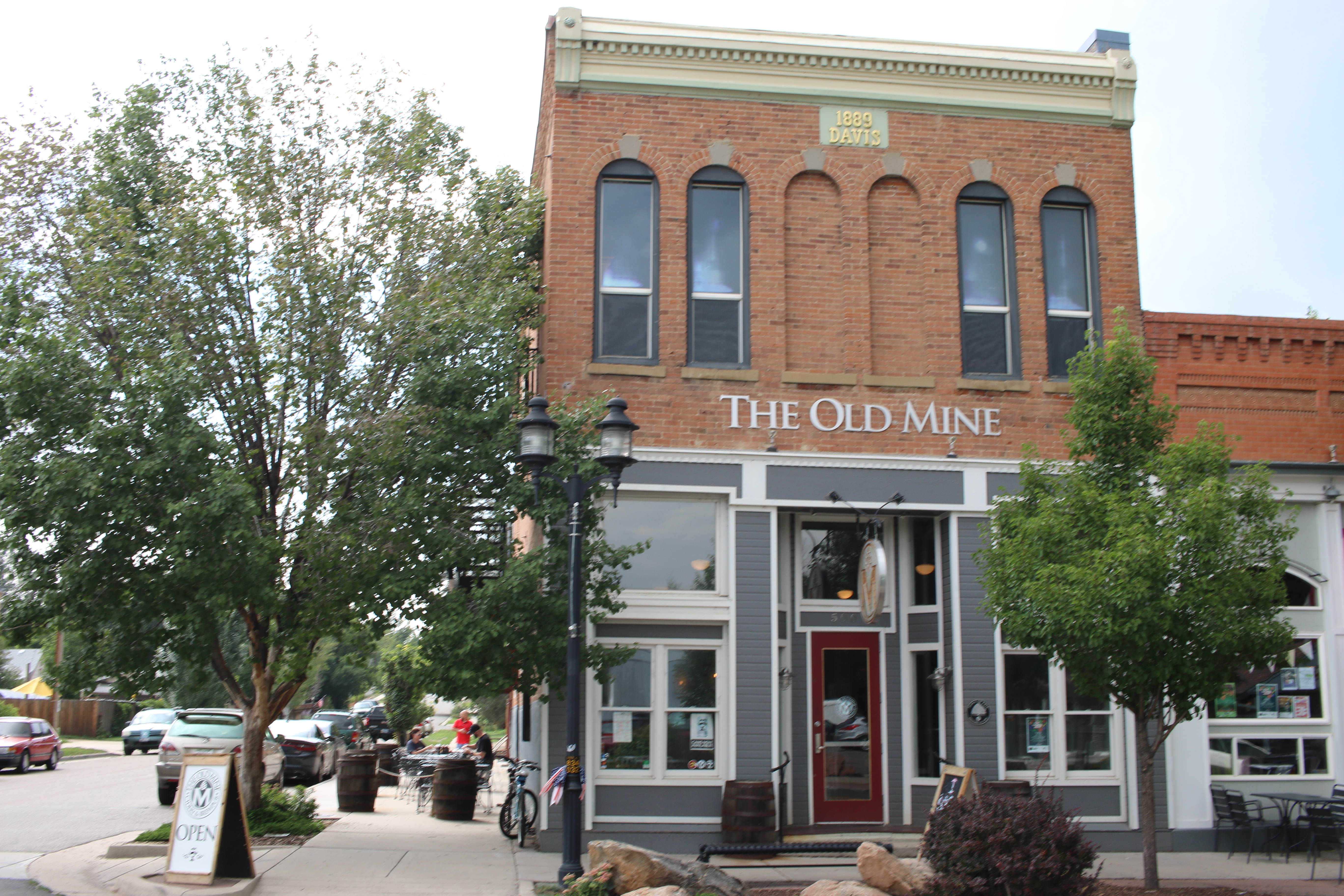
In other words, visitors of Echo Brewing, Azteca, 24 Carrot Bistro, Miner's Tavern and The Old Mine — all situated along the town's vibrant Briggs Street — can legally bar hop without having to guzzle their beverages down in one place.
The town also closes down the area to make it more pedestrian-friendly and safer for visitors.
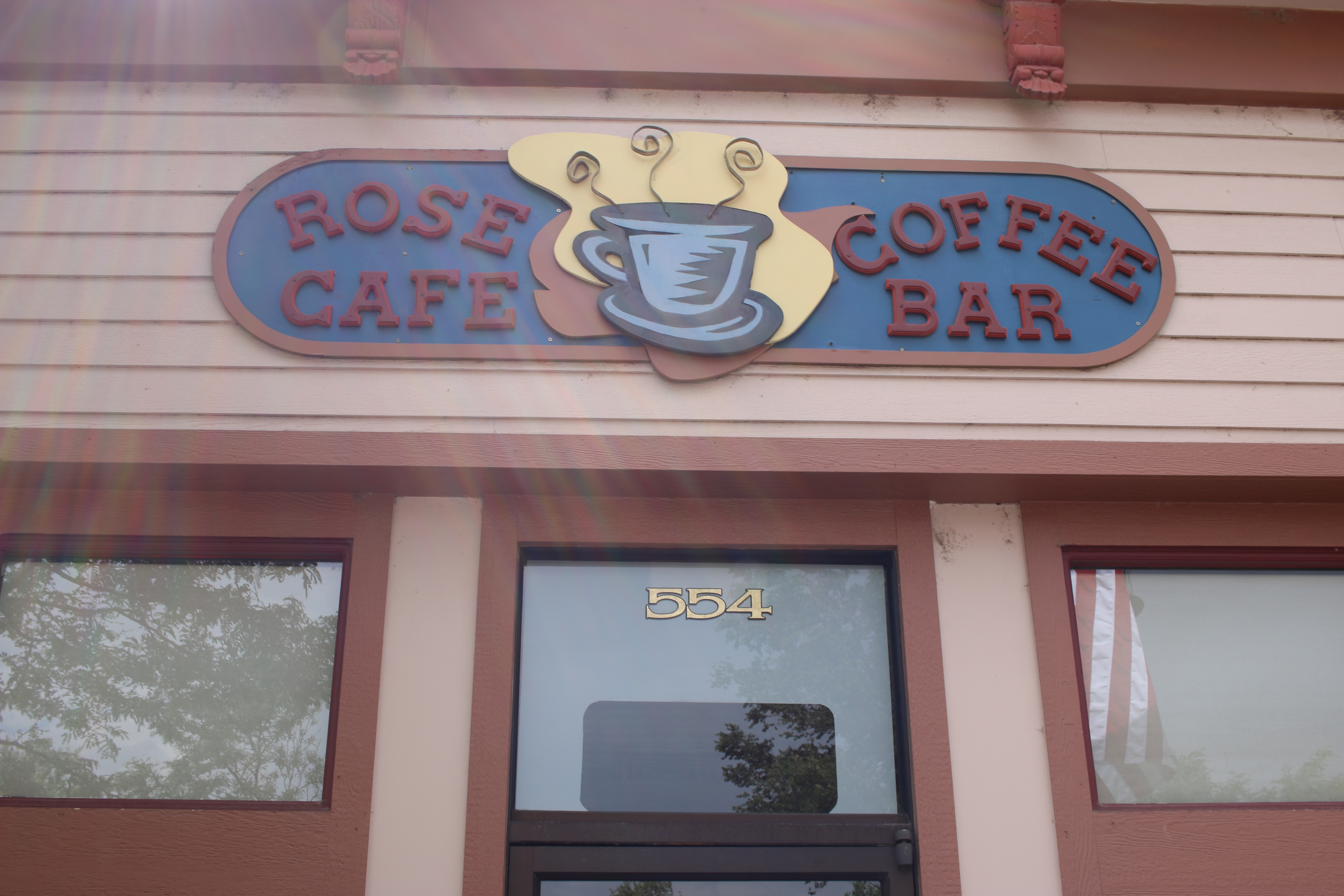
Erie's Downtown Entertainment district is open through Sept. 21 on Thursdays from 5 to 8 p.m. during the Erie Farmers Market and during the Downtown Neighborhood Block Party on August 11 from 6 - 9 p.m.
Briggs Street is also the town's year-round business and visitor hub. Besides the bars participating in the entertainment district, other nearby places worth a visit are The Rose Café, a cozy quick-bite spot, as well as Sweets Ice Cream & Coffee.

The Industrial Revolution Brewing Co. (285 Cheesman St.) is another local craft brewer, serving up concoctions like its Blonde Stout, Citra Session IPA, Hot Iron Orange Cream Ale and more.
A World-class bike racing Velodrome in little old Erie? Yup!
Erie is home to the Boulder County Velodrome, an Olympic-style bike racing track.
There are only about 26 of these across the country!
While made popular on television with professional cyclists zooming around at top speed, Boulder County's Velodrome is open to casual and professional-style riders.
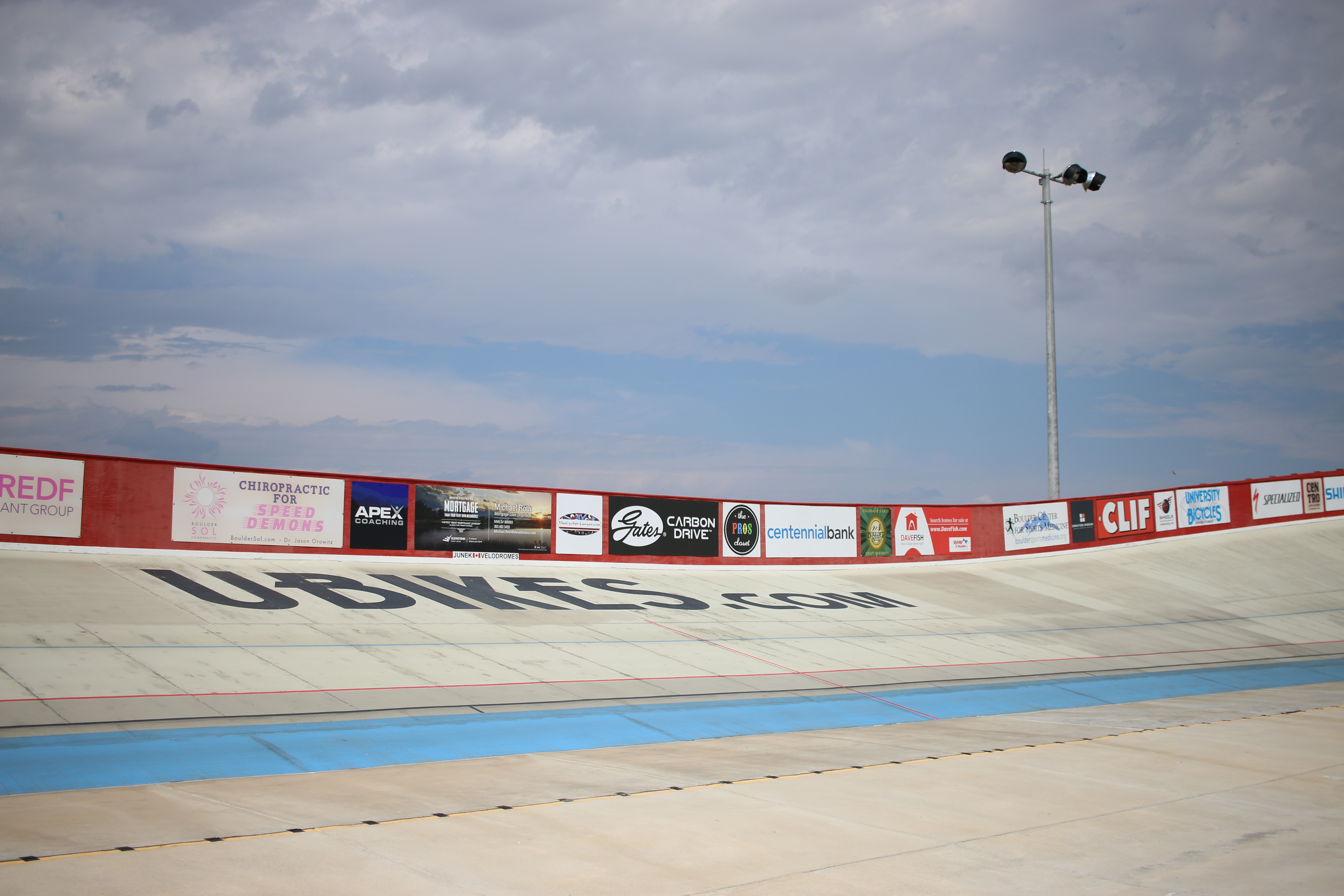
Riders can purchase a membership or simply come by to spectate for free. You can bring a picnic and watch from the stands as cyclists race around the track.
The big race night is Thursday. For more information, visit http://www.bouldervalleyvelodrome.com.
Erie like a Local
We asked locals on Facebook where they would recommend visiting in Erie, and they sent us dozens of suggestions!
Among them include: The Rose Cafe, The Dugout, the Thursday Farmers' Market, Old Mine for a beer or a cider, Azteca for Mexican fare and 24 Carrot was highly recommended for local food. For a cup of coffee, Cristos seemed to be a local favorite for cold brew.
Read the locals' suggestions below!

